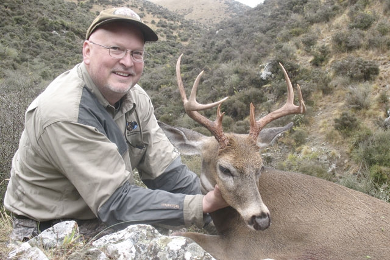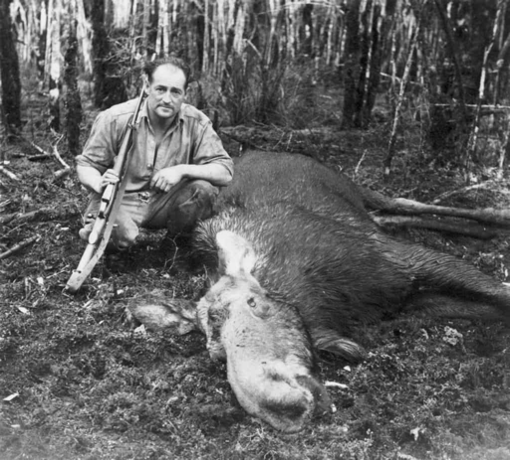Tahr Wars: Episode II
The politicization of tahr management in New Zealand (NZ) did not start and will not end with Eugenie Sage, the current Minister of Conservation. In fact, the very origin and entire history of the species in NZ is a story with deep political roots. It’s a story that raises many questions, especially from the rest of the world – like at what point is a species that has freely and wildly inhabited somewhere for more than a century finally allowed to call that place home?
Never before in the history of that story has an election had the potential to so heavily sway control of the issue or to impact the future of the species. Many Kiwis have already voted early, and polling ends on Saturday evening – if Eugenie Sage and the Green Party maintain the Minister’s seat, she will surely continue her crusade against tahr for at least the next few years. However, other political forces in NZ are adamant about incorporating input from the hunting community and developing a modernized Tahr Management Plan. The latest battle in the long and tumultuous history of New Zealand’s Tahr Wars will be fought at the ballot box.
There are three types of tahr in the world. The species is closely related to sheep and goats and Himalayan, Nilgiri, and Arabian Tahr all natively inhabit different regions of High-Asia. Himalayan Tahr are what is found in NZ, where mature bulls can tip the scales at more than 300 lbs. Adult females are typically closer to 80 – 100 lbs. The average lifespan of tahr in the wild is up to 11 years for a bull and closer to 16 years for a nanny. Tahr are prized by hunters for their horns and they make for good eating as well. The NZ record measured in with horns over 15 inches long, and any bull tahr with spikes longer than 14 inches is considered an exceptional trophy. Their thick, wooly fur leaves them well adapted to the harsh snowy winters in the Southern Alps, and the long, windswept, shaggy mane of a mature bull tahr’s winter coat is just as coveted by hunters as the meat or horns.
Native to – but now classified as “near threatened” in – the frigidly rugged Himalayan Mountains of India and Nepal, Himalayan Tahr were first introduced to NZ in 1904, when the British Duke of Bedford sent NZ’s Prime Minster, Richard Seddon, three bulls and three nannies from his private herd in the United Kingdom.
NZ was officially recognized as a British colony in 1841, and in the late 1800s and early 1900s introducing game species from other parts of the world to NZ was a common practice. Naturally devoid of any native large mammals, many early European settlers felt as if the Southern Alps seemed desolate and lonely without large mammals running around or any wild game to pursue.
Colonists introduced various game species to NZ for the thrill of the hunt and for additional sources of meat. Today populations of hogs, goats, sheep, and several species of deer including Red and Fallow Deer from Europe and Sika, Rusa and Sambar Deer from Asia are still thriving there.
In 1905, white-tailed deer from the United States were liberated into NZ, and although the herd remains huntable in small numbers, their foothold is not as strong as other introduced deer species. Of all the species of deer in NZ, none is more revered than the mighty elk. Commonly referred to by the Kiwis as wapiti – the Native American term for the species – elk from the Jackson Hole Elk Refuge in Wyoming were gifted to NZ by President Teddy Roosevelt in 1905 as well. They remain at the top of many NZ hunters bucket list. However, hybridization and competition with red deer have created challenges for managing the species into the future.
NZ is now also home to a healthy population of Alpine Chamois – a goat-antelope native to the European Alps and a gift from Emperor Franz Josef of Austria, who shipped them to NZ in 1907. Much like tahr, chammy have become as closely associated with NZ as they are with their historic homes elsewhere in the world.
In 1910, ten moose calves from Canada were sent to NZ by the Governor of Saskatchewan. It would mark the only time that moose have ever been released into the wild outside of their native range in North America. The request for the moose was made by Prime Minister SirJoseph Ward, who had grand visions of transforming the seemingly barren Land of the Long White Cloud into the world’s most fantastic game reserve by assimilating wild animals from around the globe into NZ’s unique and varied ecoregions.
The last confirmed photograph of a moose in NZ was in the early 1950’s and the last successful hunt was around the same time. Only three bulls were ever taken by hunters, the last in 1952. Legend has it that a few moose may still be hiding out deep in Fiordland – the most remote and inaccessible spot in the entire country; however, that topic is hotly debated, and many folks believe that the presence of moose in NZ is now nothing more than folklore.
As for tahr, the original plan was to begin stocking NZ with a group of eight, but two escaped before they could be shipped overseas – and during the two-month sea voyage from England, one of the bulls broke free from containment and jumped overboard amidst the ensuing chaos, leaving just two bulls and three nannies to be released into the wild.
That little tahr herd was released into the Aoraki – Mt. Cook area, in the shadows of NZ’s most iconic mountain peak, long before it was designated a National Park. Tahr have been running wild through the Southern Alps ever since.
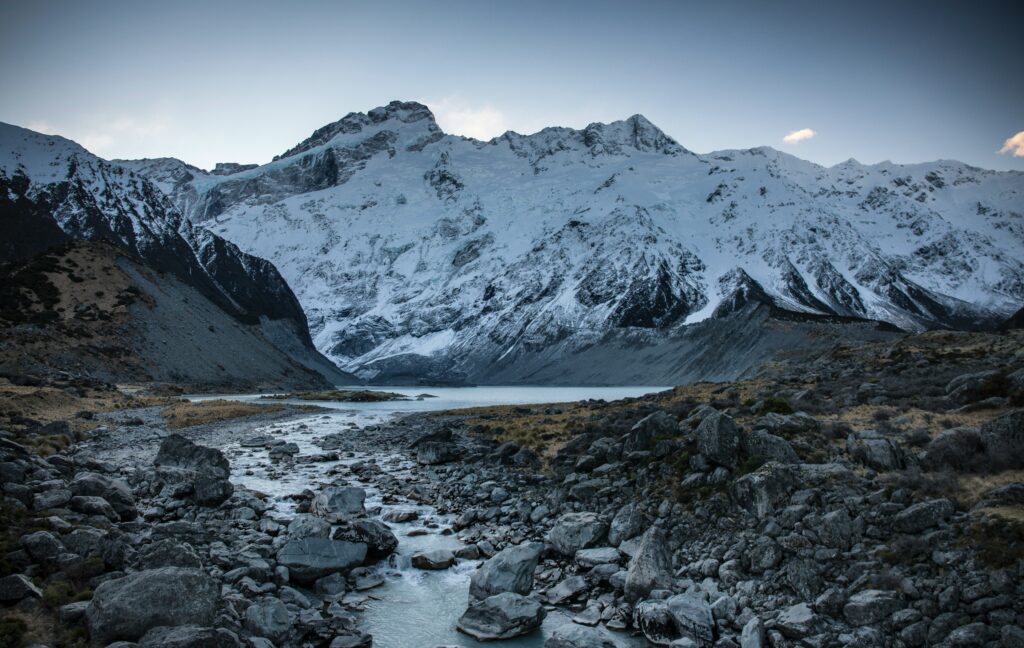
Tahr were under legal protection until 1937, but unmanaged herds were growing rapidly, and tahr were starting to have harmful effects on the landscape in certain areas. To rein in their numbers, the protected status of the species was lifted…
… and so began the New Zealand Tahr Wars!
The foremost generation of NZ tahr hunters and the first government-commissioned culling operations failed to put much of a dent in the herd initially. By the 1960s, there was a full-blown population explosion underway. Tahr were altering native ecosystems in some areas too remote to be grazed by any other introduced species on the South Island. In some regions with highly concentrated animals, reports of well-worn tahr paths cutting across the mountain coupled with a high volume of grazing from various animals was reportedly believed to have cause caused erosion issues, which in turn led to flooding issues in some instances – however historical evidence citing tahr as the cause of these issues is anecdotal at best.
In response, the NZ government recruited the sharpest shooters from their ongoing deer culling campaigns. This army of steady riflemen took thousands of tahr off the landscape. Still, it wasn’t until their assault went aerial with helicopter-based shooting operations in the 1960s that their efforts finally brought the tahr herd under control. These operations reached their peak in the early 1970s when aerial gunning operations removed hundreds of tahr a day from the mountains – their meat sold in markets. It didn’t take long before the once common groups of tahr 50 strong or more seemingly vanished into the cloudy mist. It is estimated that more than 40,000 tahr – or 90% of the population – were shot or poisoned en masse during the 1970s and early 1980s.
By 1983, NZ’s tahr population was hovering down around a few thousand. The recreational hunting community started raising concerns that the most well-respected game animal in the country was about to disappear from the island forever. Soon after, the then Minister of Forests, Jonathan Elworthy, outlawed commercial tahr hunting to help bolster the herd. It worked, and the number of tahr roaming the mountains began to increase again.
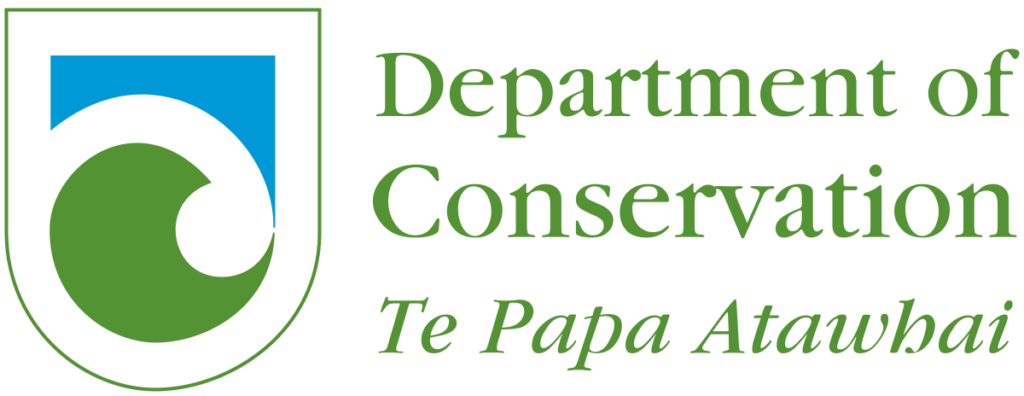
In 1987 the New Zealand Department of Conservation (DOC) was formed and officially charged with conserving NZ’s natural and historical heritage. The newborn agency was initially led by Russell Marshall, the original Minister of Conservation. The department was staffed with employees from other governmental land management entities, most notably the NZ Forest Service and Department of Lands & Survey, as well as the much smaller Wildlife Service.
In 1993, DOC released the first official Tahr Control Plan. In the forward of that plan, then-current Minister of Conservation Denis Marshall stated, “If there were no tahr in New Zealand, I would not support their introduction into the wild. Therefore, if it were possible, eradication would be the preferred option for the Department.” This simple quote would set the tone for DOC’s future management of the species for decades to come.
That initial plan was admittedly quite innovative for its day and age. It was based on the best available data and sought to manage the impacts of tahr on natural ecosystems while also providing recreational and commercial hunting opportunities. The plan also identified that a lack of quantitative data on tahr populations or the impact tahr were having on native vegetation was a major question mark. None the less, thresholds were set for population densities across newly outlined tahr management units with the goal of balancing both a tolerable impact of tahr on vegetation while also providing sufficient opportunities to satisfy the demand for hunting at the time.
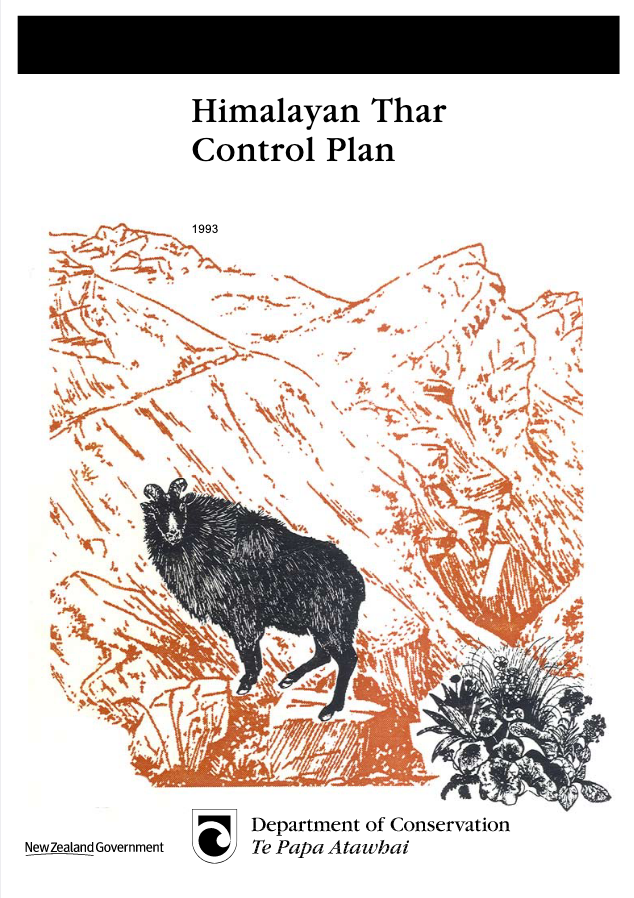
The document also openly acknowledged that the data the plan was founded on should be treated with caution as the numbers were little more than informed estimates with a caveat that processes for quantifying population estimates should be continuously refined moving forward. The plan was also initially intended to be reviewed in as early as five years’ time in order to leave to room for adaptation and modifications as new data was collected and unexpected management issues arose.
Even Minister Marshall acknowledged that “this plan is, in part, experimental. It acknowledges that information is inadequate in some areas but that all decisions are, of necessity, balanced in favor of protecting nature conservation values; in other words, the plan is precautionary in approach. The plan recognizes the need to continue monitoring and undertake further research.” But unfortunately, 27 years later, the plan has still yet to undergo a meaningful review.
Simply put – NZ’s first Tahr Control Plan was a guessing game due to the limited scientific evidence existing at the time. It was investigational, cautious in its approach, and most importantly intended to be reviewed in 5 years’ time.
But instead of adhering to that plan, DOC did not undertake a 5-year review of the program, did not undertake adequate vegetation assessments, and did not undertake sufficient tahr population monitoring measures. Instead, the direction of tahr control continued to fluctuate based mostly on shifting priorities a top DOC ‘s agenda and ebbs and flows of government funding.
This era of the Tahr Wars was more like guerilla warfare ,as search-and-destroy operations being undertaken by DOC – with aerial gunning missions consistently slaughtering a few thousand tahr from helicopters each year, with no intention of harvesting the meat, manes, or horns and no understanding of how these operations were affecting tahr numbers or vegetative conditions.
This pattern continued for more than 20 years, with haphazard attempts at managing the herd regularly being a lightning rod for conflict between various factions of stakeholders at large. Aside from anecdotal evidence about the population status and the vegetation health – which varied considerably throughout the tahr range – the limited research conducted on the matters either drew little attention or was relatively unimpactful for shaping management strategies.
Furthermore, data collected failed to show any variables had actually been changed, or any ecological conditions transformed for the worse or the better in accordance with the 1993 plan.
Over the course of that same 20-year span, Government Departments and various Ministers of Conservation were allowed to completely ignore certain aspects of the original plan while others picked and chose aspects of that plan based on their own political motives or varying personal understanding of tahr management issues.
Recreational tahr hunting also exploded with popularity over that same time frame, becoming a cultural way of life for native New Zealanders and a bucket list topping, dream-come-true type of hunt for people around the world. The hunting industry grew exponentially in order to support the exploding popularity of tahr hunting, with many safari businesses, guide & outfitter operations, and other jobs being created directly from the demand for bagging a majestic bull tahr from the only readily huntable population of the species in the world. Subsidiary businesses indirectly in support of the hunting industry grew too – as a whole host of taxidermists, sporting retail stores, helicopter charters, firearm & ammunition importers, optic importers, clothing companies, tent manufacturers, hunting boot wholesalers, camping equipment shops, and other entities that rely heavily on business from hunters to make a living are now found throughout NZ. Hundreds of jobs are now dependent on the sound management of NZ’s long-established game species.

The management of game species in NZ, including tahr, took a big step in a positive direction in 2013, when NZ parliament passed the Game Animal Council Act – thereby establishing the Game Animal Council (GAC) soon later in 2014. The GAC represents the hunting sector’s interests and is charged with improving the management of wildlife resources while contributing to positive conservation outcomes and provides governance advisories that aims to advise management operations to enhance the quality of game animal herds while remaining consistent with broader conservation values, developing positive relationships with stakeholders, promoting hunter safety, reducing conflict among stakeholders, improving the acceptance of hunting as a safe and legitimate activity, and standardizing strategies and regulations for hunting and the management of game animals. Key responsibilities of the GAC include advising and making recommendations to the Minister of Conservation on hunting issues (provided the Minister is willing to listen), providing information and educational programs to the public, developing and promoting safety initiatives, conducting ecological research focused on game species, and undertaking primary management responsibilities for NZ’s herds of special interest.
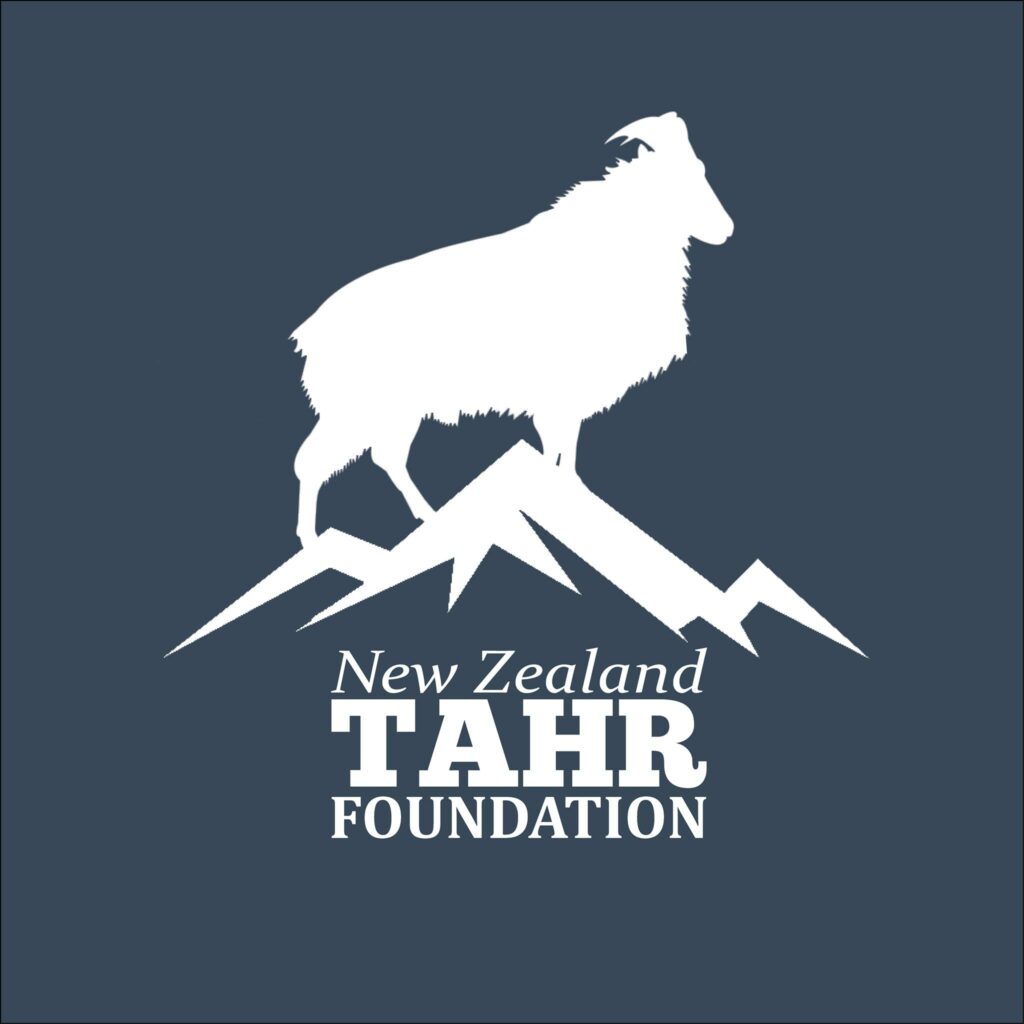
In 2016 the New Zealand Tahr Foundation (NZTF) was formed to represent all stakeholders with a vested interest in managing tahr as a commercial and recreational resource. The mission of the NZTF is to actively manage tahr in order to enhance opportunities for hunters, cultivate higher levels of protection for the forests and grasslands on which the species rely, and to advance management strategies that involve collaborative partnerships between recreational and commercial tahr hunters, the GAC, DOC, local communities, private landowners, and businesses with ties to tahr hunting.
In 2017 Eugenie Sage – a Green Party member of Parliament and former spokesperson for the Royal Forest & Bird Protection Society, an extremist environmental group with staunch anti-hunting sentiments – was appointed to her current perch as Minister of Conservation. Throughout the duration of her career with Forest & Bird, Sage’s contempt for tahr was public knowledge – having officially decreed on national television that she one day hoped to see tahr “eradicated and totally exterminated” from NZ.
In 2018, Minister Sage announced her plans to reduce the population back down a threshold of 10,000 animals as outlined in the 1993 Control Plan. Which would mean aggressively eliminating some 25,000 of the animals from the finest public hunting areas in the country. NZ was on the verge of what the hunting community labeled Tahrmageddon.
Just two years after being officially founded, and just one year after Eugenie Sage’s ascension to the Minister’s role – the Tahr Foundation was on the frontlines of combatting one of the potentially bloodiest onslaughts in the long and tumultuous history of the New Zealand Tahr Wars.
But as you’ll see in Episode III – they were ready for the fight.
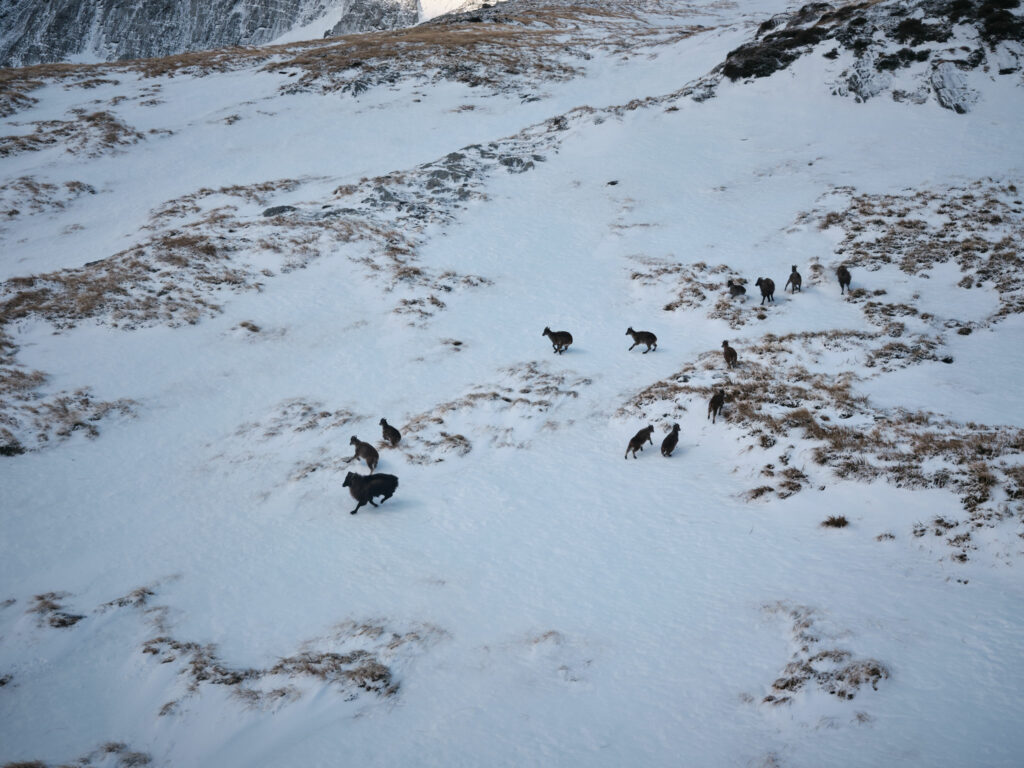
(photo courtesy of Kaleb White/GRITMEDIA)


